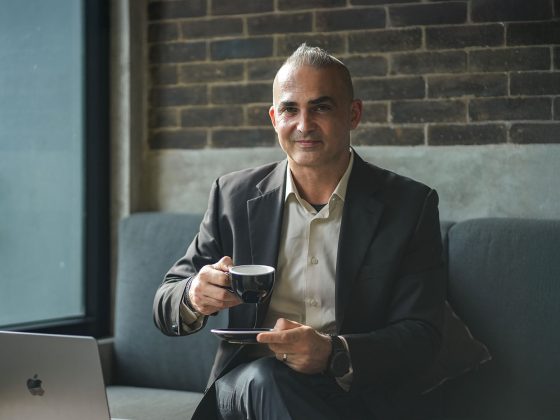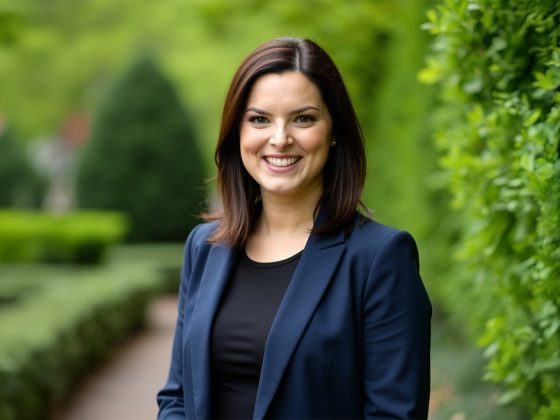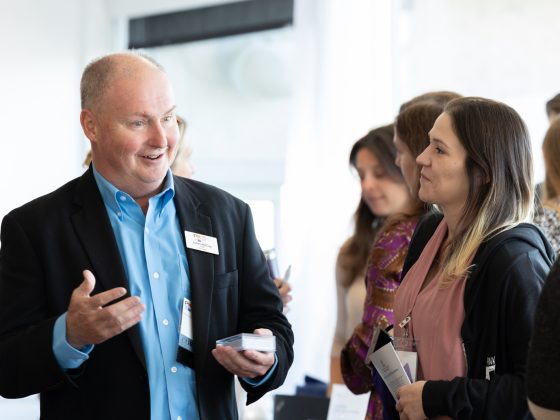Healthcare has long struggled with patient compliance, turning necessary self-care into unwanted chores. While traditional medical approaches often feel rigid and impersonal, a growing movement is leveraging the power of play to transform how we approach healing. Maria Clara Mesa Abad, founder of Alternova, is at the forefront of this revolution, using scientifically-designed video games as actual medicine to help patients engage more effectively with their treatments.
Finding Meaning Through Game Design
Maria didn’t set out to revolutionize healthcare. Her company Alternova started as a regular video game studio, focused on entertainment. But life had other plans. “Me and my co-founder both had some sort of personal transformation, depression, spiritual awakening. Call it however you want,” she recalls. This experience made them rethink their purpose entirely.
“We said, yes, we love building games, yes, we love playing games, but we need to build them and we need to design them with the intention to actually do good,” Maria explains. The problem they saw was bigger than healthcare – people spend 10 to 15 hours daily staring at screens that aren’t helping them improve their lives. So they decided to change that. Their quest led them to a researcher who had been pioneering therapeutic video games. That’s when Maria discovered something remarkable: “Video games can actually be medicine.”
Building Science-Backed Digital Therapies
The concept sounds simple, but the science behind it is sophisticated. Maria compares it to pharmaceutical development. “When a pharmaceutical company is creating a new drug, they are combining specifically the chemical components in a precise manner,” she notes. “When it comes to a digital experience, it’s exactly the same. What we’re mixing together is the precise amount and precise combination between art, user experience, design, artificial intelligence, color, music.”
Digital experiences shape us just like real ones do. “We can also change our brain and acquire new habits and feel better or feel worse when we go through a digital experience,” Maria says. The entertainment industry has mastered keeping people engaged. “They know how to delight us. They know how to keep us hooked to a subscription every month. What if we learned and we start using AI and we start using science to prove how these people have created these engagement loops and we apply them to health.”
Turning Health Tasks Into Games
The games Maria’s team creates use specific mechanics to keep patients engaged. Feedback loops with points, levels, and progress bars give immediate satisfaction. “We execute a healthy action. And by executing that healthy action, we can earn points, we can unlock levels, we can see that a progress bar is progressing,” she explains. This taps into the brain’s reward system and releases dopamine. Social features work too. Apps like Strava succeed because “competition, peer support, peer reinforcement is one of the most the mechanics that they leverage the most to keep people coming back.” Even character customization matters – patients connect better with avatars that look like them or represent their interests.
Delivering Outcomes With Game Mechanics
Alternova is working on a game for kids with ADHD right now. “To unlock your progress in the game, you have to do certain exercises. And those exercises are the cognitive enhancement exercises that someone with ADHD has to do that are traditionally very, very boring,” Maria explains. Instead of making the exercises fun, they use them as keys to unlock actual gameplay. Another project involves teenage athletes training their cognitive skills in virtual reality. “This VR program is part of the training that they have that not only helps them excel better at the sport that they play, but also increases the chance of them having better scholarships in college,” she says. Students think they’re playing a game, but they’re “getting tricked into actually training and exercising your brain.”
The field already has FDA approval. Endeavor RX became the first video game approved as a medical device for ADHD treatment. The results speak for themselves. “One in three kids no longer met attention deficit criteria after one month of playing the game, 25 minutes per day,” Maria reports. Even better, “68% of patients reported real world improvements after two months.” Video games are “bigger than movies and music combined,” Maria points out. People are already playing them. Her approach simply redirects that natural behavior toward healing instead of just entertainment.
Connect with Maria Clara Mesa Abad on LinkedIn to explore the future of digital medicine.









